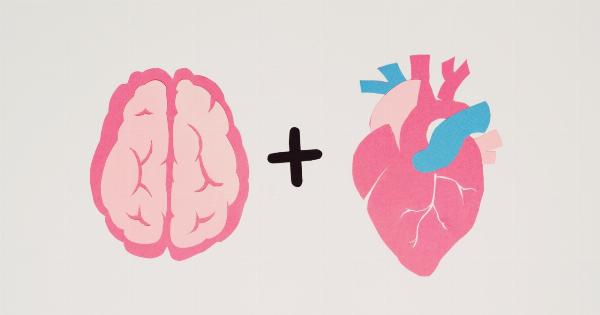Psychotic disorders are mental illnesses that affect a person’s thoughts, emotions, and perception of reality. These disorders often involve symptoms such as delusions, hallucinations, disorganized speech, and disorganized behavior.
Unfortunately, traditional treatments for psychotic disorders such as antipsychotic medications and psychotherapy are not always effective for all patients. However, recent research has shown promise for a new treatment for psychotic disorders that may be able to reduce symptoms in some patients.
What is the New Treatment?
The new treatment that shows promise in reducing symptoms for psychotic disorders is called transcranial magnetic stimulation (TMS). TMS is a non-invasive procedure that involves using a magnetic field to stimulate nerve cells in the brain.
It is primarily used to treat depression, but recent studies have shown that it may also be effective for reducing symptoms in patients with psychotic disorders.
How Does TMS Work?
TMS works by using a magnetic coil that is placed on the patient’s head. The coil sends magnetic pulses through the skull and into the brain.
These magnetic pulses stimulate the nerve cells in the brain, which can help to reduce symptoms of psychotic disorders. The treatment is generally painless and does not require any anesthesia or sedation.
What Are the Benefits of TMS?
TMS has several benefits for patients with psychotic disorders. First, it is non-invasive and does not require surgery or any other invasive procedures. Second, it is relatively painless and does not require any anesthesia or sedation.
Third, patients can generally return to their normal activities immediately after the treatment. Fourth, TMS has a relatively low risk of side effects compared to other treatments for psychotic disorders. Finally, TMS has been shown to be effective for reducing symptoms in some patients with psychotic disorders.
What Are the Risks of TMS?
Although TMS is generally considered safe, there are some risks associated with the treatment. For example, some patients may experience headaches, dizziness, or discomfort during the procedure.
In rare cases, TMS can cause seizures, although this is extremely rare. In addition, the long-term safety of TMS is not yet known, so it is important for patients to discuss the risks and benefits of the treatment with their healthcare provider.
What Do the Studies Show?
Several studies have shown that TMS may be effective for reducing symptoms in patients with psychotic disorders.
For example, a study published in the American Journal of Psychiatry found that TMS was effective for reducing auditory hallucinations in patients with schizophrenia. Another study published in the Journal of Clinical Psychiatry found that TMS was effective for reducing negative symptoms in patients with schizophrenia.
However, it is important to note that not all patients respond to TMS, and further research is needed to fully understand the effectiveness of the treatment.
Is TMS Right for You?
If you are struggling with symptoms of a psychotic disorder, talk to your healthcare provider about whether TMS may be a viable treatment option for you.
Your healthcare provider can help you understand the risks and benefits of the treatment, and can work with you to develop a treatment plan that meets your individual needs.
Conclusion
TMS is a promising new treatment for reducing symptoms in patients with psychotic disorders.
Although it is not yet a widely-used treatment for these disorders, it offers several benefits over traditional treatments such as antipsychotic medications and psychotherapy. If you are struggling with symptoms of a psychotic disorder, talk to your healthcare provider about whether TMS may be right for you.




























